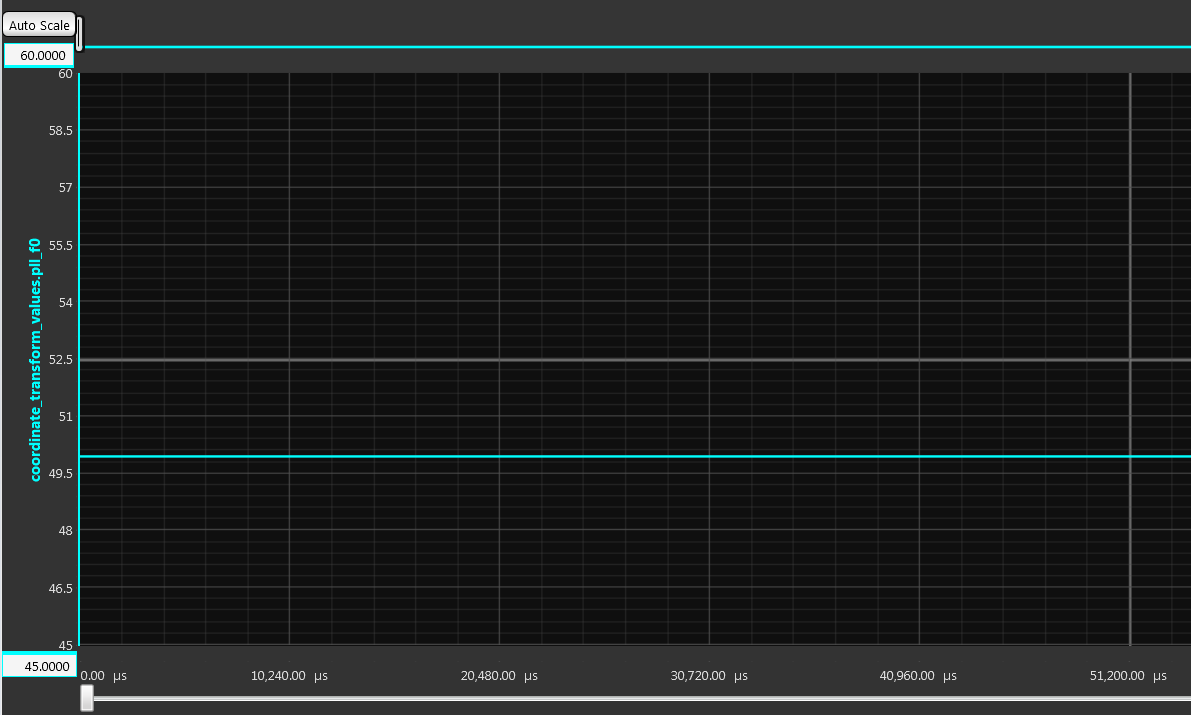I'm building a 3 phase digital PLL and implementing it on a microcontroller. I included a schematic of the SRF-PLL principle that I use. 
The abc->dq0 transform is done so that the q component for a 3 phase balanced sine function is 0. Therefore, when the loop is locked, the q component should be 0.
\begin{align*} \begin{bmatrix} V_{d} \\ V_{q} \\ V_{0} \end{bmatrix} & = 2/3\begin{bmatrix} sin(\theta) & -cos(\theta) & 0 \\ cos(\theta) & sin(\theta) & 0 \\ 0 & 0 & 1\end{bmatrix} \ \begin{bmatrix} 1 & -1/2 & -1/2 \\ 0 & \sqrt{3}/2 & -\sqrt{3}/2 \\ \sqrt{2}/2 & \sqrt{2}/2 & \sqrt{2}/2 \end{bmatrix} \ \begin{bmatrix} V_{a} \\ V_{b} \\ V_{c} \end{bmatrix} \\ & \end{align*}
On the microcontroller environment, the PLL locks and the right frequency is found but very slight oscillations can be observed (ok fine). However, after "some time" the oscillations get their frequency divided by 2 and their amplitude is multiplied by 2. This is a phenomenon that occurs over a minute or two.



I really can't explain what is happening and could really need some help.
PS: I had this occur in MATLAB at some point too, I got rid of it but I don't know how anymore.
